Have you ever wondered why minty things like chewing gum or toothpaste make your mouth feel cold? It’s a fascinating bit of science that combines chemistry and how our brains interpret sensations. Let’s dive into this cool mystery!

What Is Mint?
Mint is a type of herb that has a fresh, sharp flavour. There are different kinds of mint plants, like peppermint and spearmint, which are commonly used in foods, drinks, and even in some medicines. The fresh taste of mint comes from a special compound called menthol.
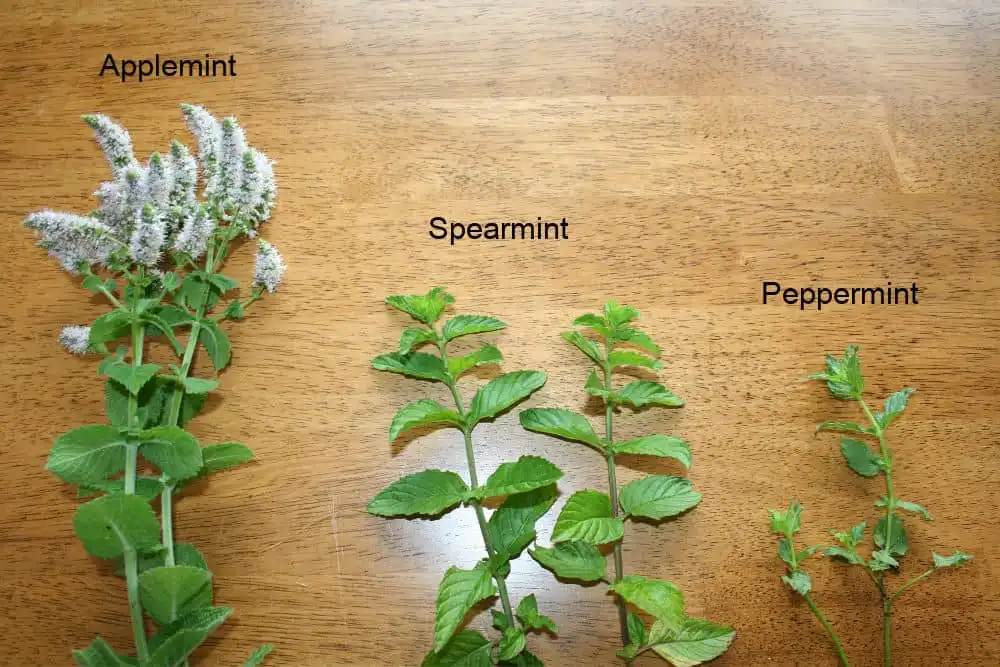
The Role of Menthol
Menthol is a natural compound found in mint plants. It is what gives mint its distinctive taste and cooling sensation. But how does it work?

TRPM8 Receptors
Our bodies have tiny sensors called receptors that help us detect different sensations like heat, cold, and pain. One of these receptors is called TRPM8, and it’s responsible for detecting cold temperatures.
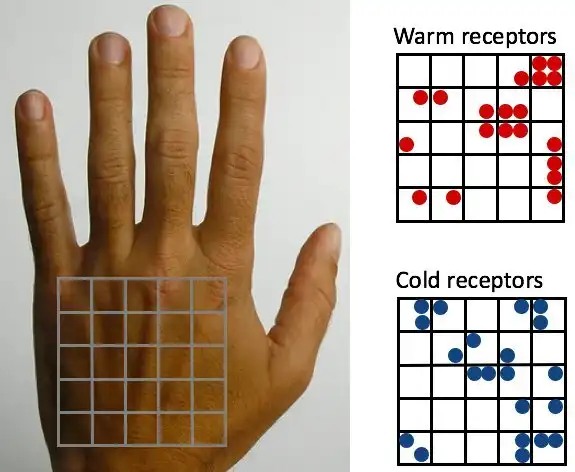
When menthol comes into contact with these TRPM8 receptors, it triggers them in the same way that cold temperatures do. This is why when you eat something minty, your brain gets tricked into thinking that your mouth is experiencing cold, even though the actual temperature hasn’t changed.
The Science Behind the Sensation
Let’s break it down a bit more:
- Menthol and TRPM8: When you consume mint, the menthol in it binds to the TRPM8 receptors.

- Signal to the Brain: These receptors send a signal to your brain, similar to the one sent when you eat something cold.
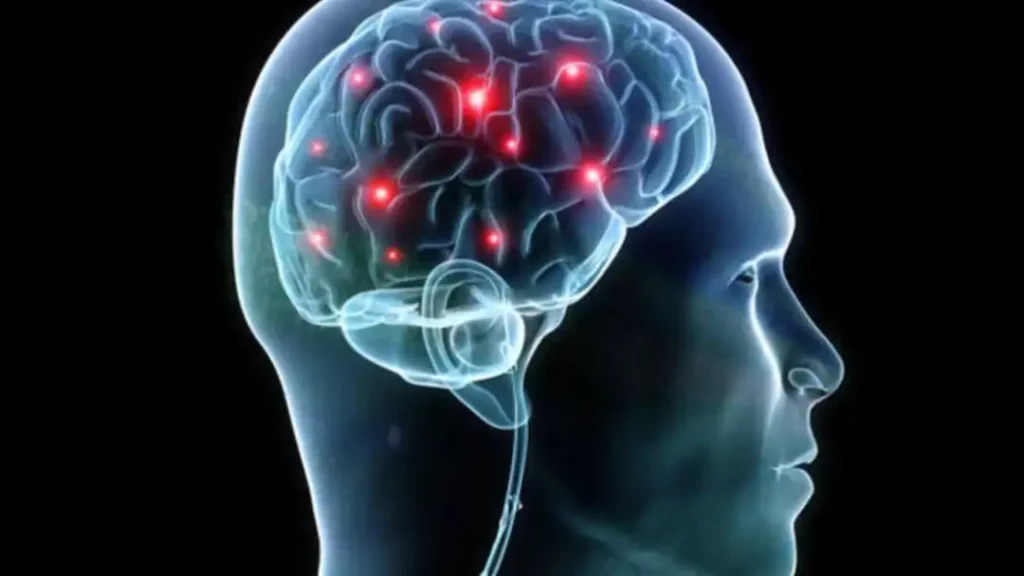
- Perceived Coldness: Your brain interprets this signal as a sensation of cold, making your mouth feel cool.

Why Does Ice Water Taste Even Colder?
Have you noticed that when you drink ice water after having mint, it feels even colder? This happens because the TRPM8 receptors are already activated by the menthol. So when you introduce something actually cold, like ice water, the sensation is intensified.

Other Cool (and Hot) Sensations
Menthol isn’t the only thing that can trick your brain. There are other compounds that can create similar effects:
- Capsaicin: Found in chilli peppers, capsaicin activates receptors that detect heat, making your mouth feel hot and spicy.
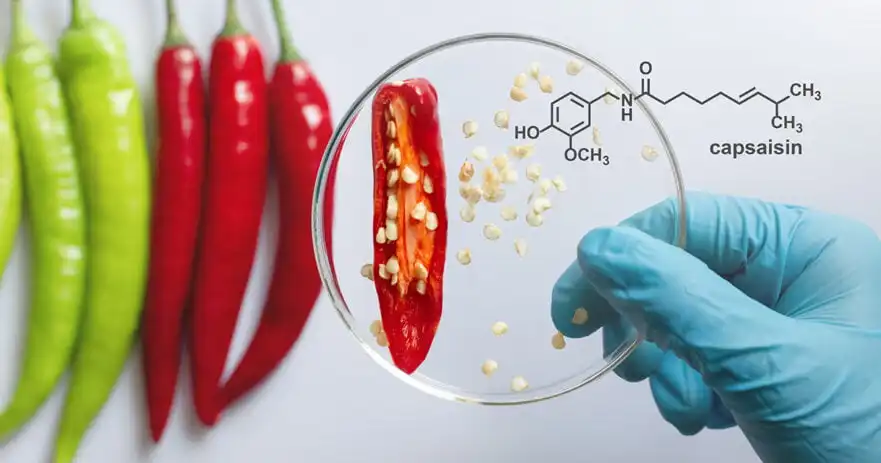
- Cinnamaldehyde: Found in cinnamon, it can create a warming sensation.

Both menthol and capsaicin demonstrate how certain chemicals can play tricks on our senses, making us feel temperatures that aren’t really there!
Fun Facts About Mint
- Variety: There are over 25 different species of mint!

- Ancient Use: Mint has been used for thousands of years in cooking and medicine.

- Refreshing: Ancient Greeks and Romans used mint to flavour their baths and even their homes for a refreshing scent.

Experiment at Home
Here’s a fun experiment to try at home:
Materials:
- Mint-flavoured chewing gum or toothpaste
- A glass of ice water
Steps:
- Chew the minty gum or brush your teeth with the toothpaste.
- After a few minutes, drink the ice water.
Pay attention to how much colder the water feels after the mint. This simple experiment shows the power of menthol and how it interacts with your TRPM8 receptors.
Mint in Everyday Life
Menthol is not only found in minty foods and drinks but also in products like:
- Toothpaste: For that fresh, clean feeling.
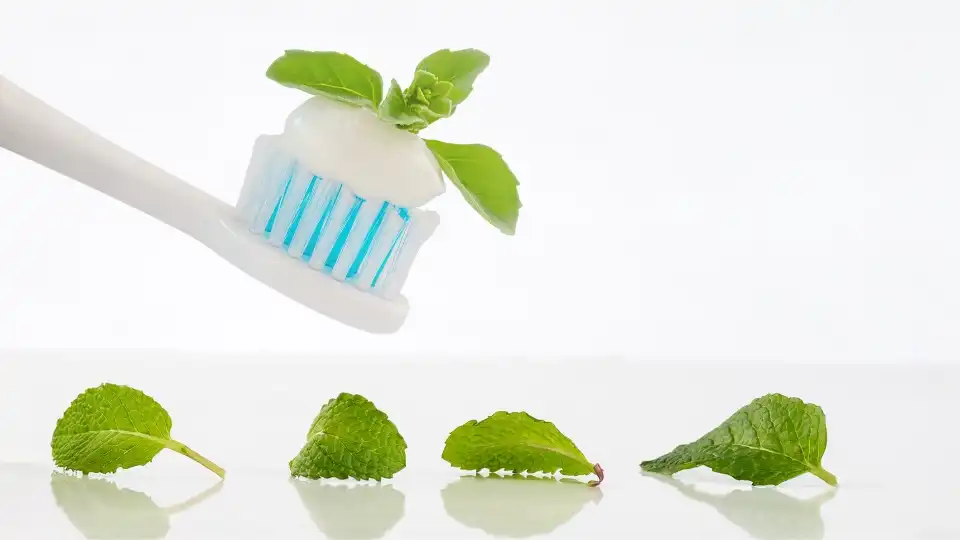
- Chewing Gum: To freshen your breath.

- Medicines: Some cough drops and chest rubs use menthol for its cooling and soothing properties.

Conclusion
Next time you enjoy a minty treat, remember the amazing science happening in your mouth. Menthol and your TRPM8 receptors work together to create that refreshing, cool sensation. It’s a great example of how our bodies and brains work together to interpret the world around us. Stay curious and keep exploring the cool (and hot) sensations of the world!
For more interesting articles, please visit www.kidzherald.com





